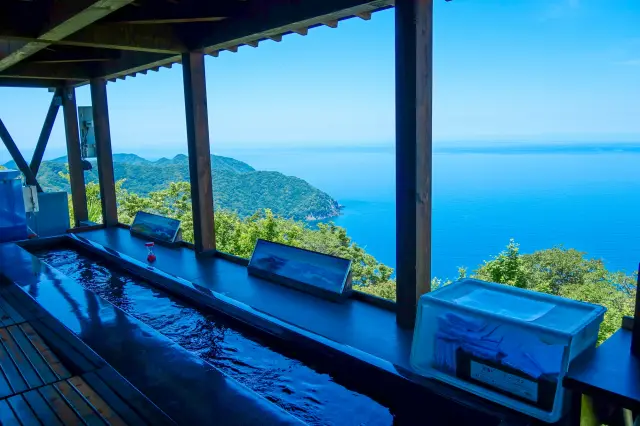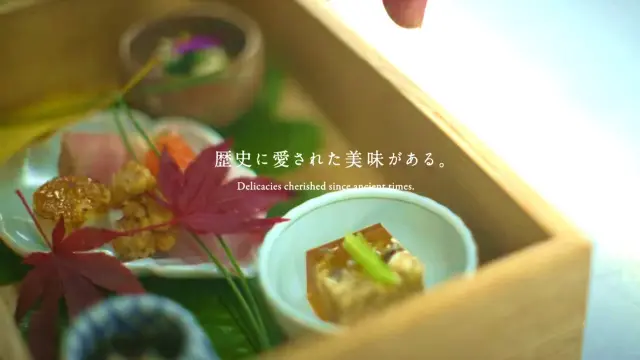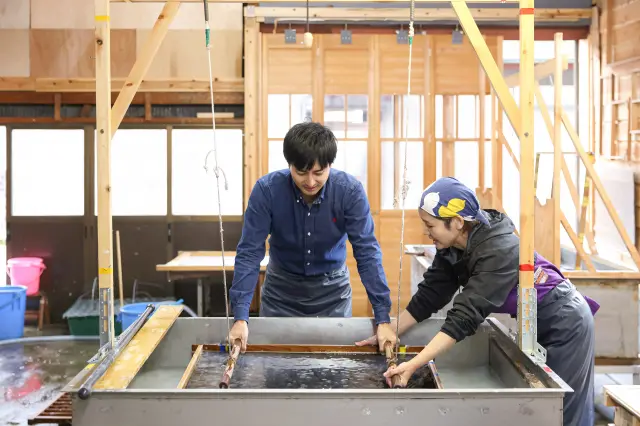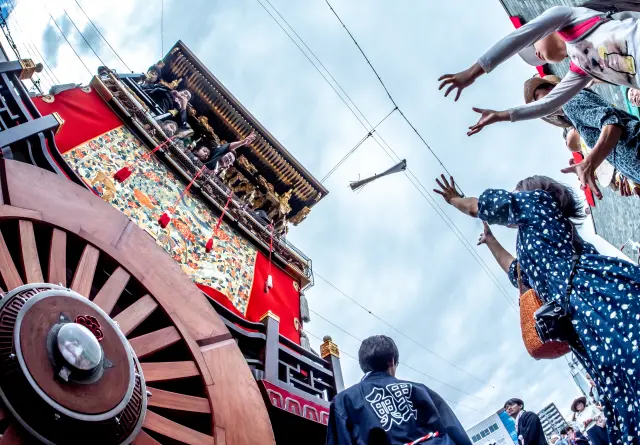 Search for Flights
Search for Flights
 Search for Hotels
Search for Hotels
 Check Exchange Rates
Check Exchange Rates
 Check the Weather
Check the Weather

Exclusive Studio Visit with Japanese Living Treasure, Iwano Ichibei the 9th
Last update
Tucked against the center of the Japan Sea Coast, Fukui Prefecture is home to an age-old legacy of traditional “Echizen Washi” Japanese papermaking that’s essential to both the Japanese and global art world. Even with its population of less than 800,000 people, Fukui is regarded as a mecca for Japanese paper due to the number of paper mills, 67 local mills, concentrated inside the small rural area known as Echizen Washi Village. Here you’ll step into a soundscape of papermaking as it echoes up from the village and enjoy an exclusive chance to meet with a Living National Treasure, Iwano Ichibei the 9th at his studio. Journey inside to see how he continues to create the rare but coveted brand of handcrafted paper sought by art enthusiasts around the world.
1500 Years of Tradition Still Alive in the Goka District, the Village of Papermakers

A babbling river slips through the quiet town as smoke rises from the paper mills steaming sanya paper and stripped bark from the mulberry plant.
This journey to Echizen, in Fukui Prefecture centers around master papermaker Iwano Ichibei the 9th, the current head of the Iwano Ichibei Paper Mill. The entire Iwano family has upheld the Echizen paper tradition for over three centuries, and is now carried by Iwano, his wife, and son (Iwano Ichibei the 10th) who work from day to night to create each sheet of washi paper by hand, custom to order. Iwano is known as a Living National Treasure in Japan who, while normally unavailable to the public, has opened his studio as a special opportunity to share how his paper is made with the world.
Echizen Washi is a particular variety of Japanese washi paper made exclusively in this region. The “Echizen” word itself is an old-world name for the ancient province that once sat where Fukui Prefecture is today. In the paper world, this particularly strain of paper is known for its versatility and soft quality, made here locally for about 1,500 years.
A Living Treasure, Dedicatedly Bent with a Devotion to his Craft Each Day

Separating pulp inside the river hut, a place said to get cold enough in winter to snap off a finger.
The paper is derived from natural “kouzo” plant, or bark of the mulberry tree, and the strings of pulp are bathed in the local river waters that trickle down the mountains. Because the water in this region is so soft, it creates a softened, final paper product that’s more receptive to colors and inks. This absorbent quality lends itself to printmaking, and easier ink transfer needed for woodblock prints.
The sure hands, indispensable to good papermaking.

Still at his craft at the age of 88. Ichibei approaches his daily papermaking with a renewed freshness.
The Iwano Ichibei brand paper is met with wide, global acclaim. Yet, the family of three can make only 150 sheets a day and about 15,600 total sheets a year. So while the paper has been largely requested from both in and outside of Japan, Iwano first refused all offers from abroad to ensure there was enough of this prized paper available in Japan first.
Echizen Paper even Coveted by the Louvre.

The world-acclaimed papercraft as handed down to his son, the 10th generation papermaker Junichi.
After many requests, Iwano finally agreed to provide a month’s worth of Echizen washi paper each year for the Louvre in Paris, who now uses the paper in restoration efforts of their woodblock prints from Japan.
Recognized overseas by woodblock print enthusiasts, Iwano Ichibei and continues to produce delicately crafted, handmade lots that, without his continued work, would cease to exist. There is no apprentice after Iwano the 10th’s son, meaning that like many paper mills this tradition may soon fade into history. Take a rare chance and step into the world of mesmerizing sounds, painstaking rhythm and care as the paper master opens his studio for an exclusive day inside.
Preview the experience online
Check also...

5 Local Experiences Not Found in Guidebooks: Fukui Edition

Not Just Cherry Blossoms! 4 Parks for Capturing Stunning Floral Displays

6 Value Transportation Passes for Traveling Around Kansai

Consider your accommodation in the Kansai area!

Restrictions on Large Baggage

Royal Food of Japan MIKETSUKUNI~Delicacies cherished since ancient times~

Fukui: A Journey to Experience Japan’s World-Class Craftsmanship

